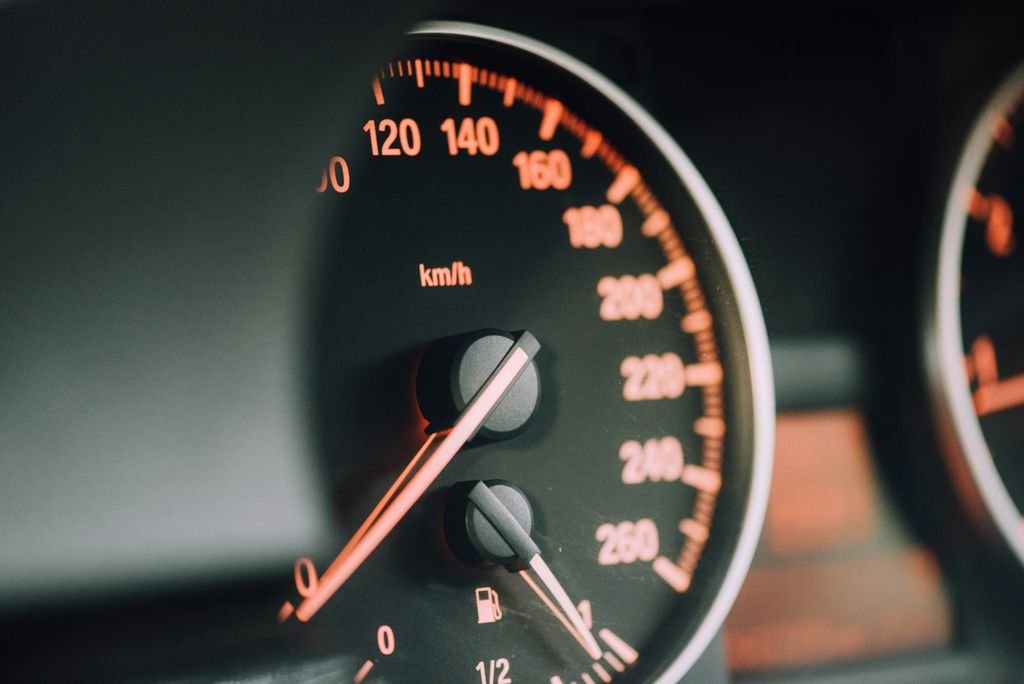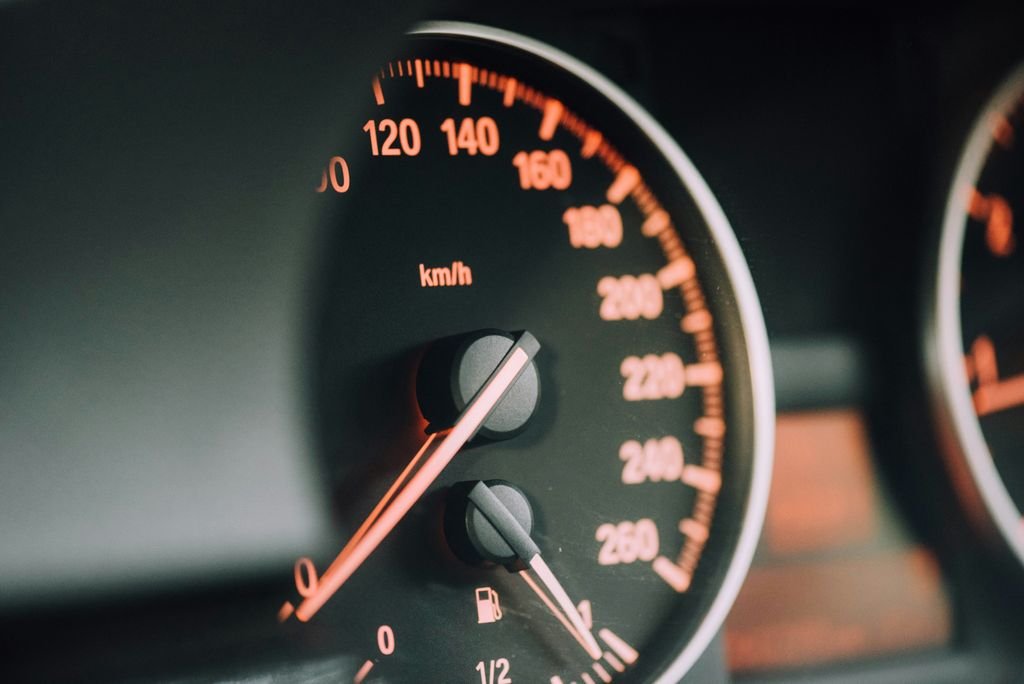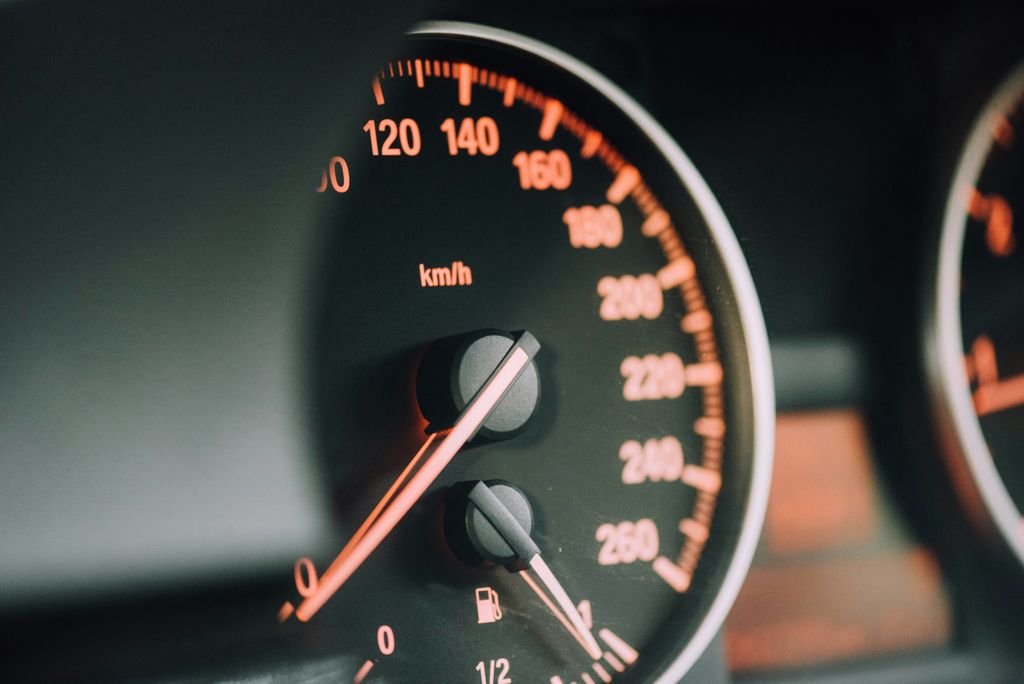Classic car restoration is a timeless art that requires patience, dedication, and a deep appreciation for automotive history. In this article, we will explore the value of classic cars, the process of choosing the right car for restoration, and the preservation techniques that can bring these vintage vehicles back to their former glory.
Key Takeaways
- Understanding the historical and sentimental value of classic cars.
- Factors to consider when choosing a classic car for restoration.
- Techniques for preserving the authenticity and integrity of classic cars during restoration.
- The importance of research and documentation in classic car restoration projects.
- The significance of professional expertise and quality materials in classic car restoration.
Preserving Classic Cars
Understanding the Value of Classic Cars
Appreciating the intrinsic value of classic cars is essential before embarking on a restoration journey. These vehicles are more than just a means of transportation; they represent a piece of history, embodying the design and engineering prowess of their era. The value of a classic car is not solely measured in monetary terms, but also in its cultural and historical significance.
When considering the value of a classic car, it’s important to assess various factors:
- Rarity and exclusivity
- Historical importance
- Originality and authenticity
- Condition and provenance
- Market demand and trends
The true worth of a classic car is often realized through the stories it tells and the memories it evokes, making it a unique asset that transcends generations.
Understanding these values helps enthusiasts make informed decisions about which cars to restore and how to approach their preservation. It’s a blend of passion and pragmatism that drives the classic car community forward, ensuring these automotive treasures are enjoyed for years to come.
Choosing the Right Classic Car for Restoration
Selecting the ideal classic car for restoration is a pivotal decision that can significantly impact both the process and the outcome of your project. Consideration of your budget, desired level of involvement, and end goals is crucial in making an informed choice.
When evaluating potential candidates, it’s important to assess the availability of replacement parts, the condition of the car, and the support from car enthusiast communities. Here’s a quick checklist to guide you through the selection process:
- Research the market value and rarity of the model
- Inspect the vehicle for structural integrity
- Evaluate the extent of rust and body damage
- Check the availability of spare parts and restoration resources
- Consider the historical significance and your personal connection to the car
Remember, the right classic car should resonate with your passion for restoration while also being a practical choice for your skills and budget.
Preservation Techniques for Classic Cars
Preserving a classic car is as much an art as it is a science. Proper storage and regular maintenance are the cornerstones of keeping a classic car in pristine condition. To ensure longevity, it’s crucial to address the unique needs of vintage vehicles, from the choice of lubricants to the materials used in replacement parts.
The key to successful preservation is to maintain the car’s originality while preventing deterioration. This involves a delicate balance between use and conservation, as regular use can help keep mechanical components in working order.
Here are some essential preservation techniques for classic cars:
- Regularly clean and wax the body to protect the paint and prevent rust.
- Use moisture control methods to prevent corrosion, such as dehumidifiers in storage areas.
- Maintain fluid levels and change them according to the manufacturer’s recommendations.
- Inspect and replace perishable components like belts, hoses, and gaskets.
- Store the vehicle in a climate-controlled environment to protect it from extreme temperatures and humidity.
Each classic car will have its own specific needs based on its make, model, and condition. It’s important to tailor your preservation approach accordingly.
Conclusion
In conclusion, the art of car restoration is a timeless endeavor that allows us to preserve the beauty and history of classic cars. By employing time-tested techniques and methods, enthusiasts can breathe new life into these vintage vehicles, ensuring that they continue to captivate and inspire for generations to come. Whether it’s the meticulous attention to detail or the passion for craftsmanship, the restoration of classic cars is a labor of love that connects us to the past while paving the way for a vibrant automotive future.
Frequently Asked Questions
What are the benefits of restoring classic cars?
Restoring classic cars preserves history, maintains craftsmanship, and can increase the value of the vehicle.
How do I choose the right classic car for restoration?
Consider the availability of parts, the condition of the car, and your budget when choosing a classic car for restoration.
What preservation techniques are best for classic cars?
Preservation techniques include regular cleaning, proper storage, rust prevention, and using quality restoration materials.
What is the value of classic cars?
The value of classic cars is influenced by factors such as rarity, condition, historical significance, and demand in the market.
How much does it cost to restore a classic car?
The cost of restoring a classic car varies widely depending on the car’s condition, the extent of restoration needed, and the availability of parts.
Are classic cars a good investment?
Classic cars can be a good investment if restored and maintained properly, as they have the potential to increase in value over time.





